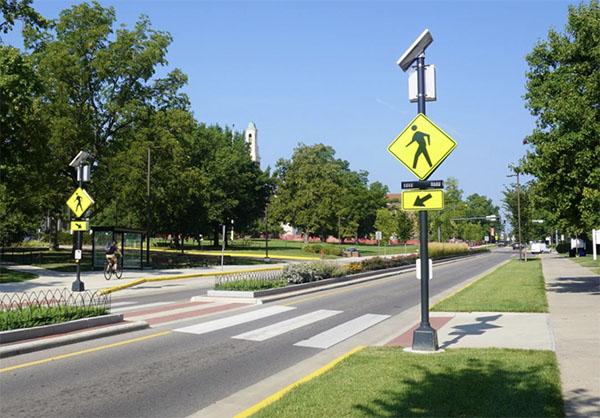Share your ideas for the City of Oxford’s Bicycle-Pedestrian Master Plan: Survey open through May 31
The master plan aims to improve infrastructure, safety, and connectivity to public transportation throughout the city

Share your ideas for the City of Oxford’s Bicycle-Pedestrian Master Plan: Survey open through May 31
Supporting Miami University’s 2040 carbon neutrality goal
Oxford’s Bike-Pedestrian Master Plan directly supports the Miami 2040 Climate Action Plan, Goals 1-3 of the Emissions from Commuting and University-financed Travel (Scope 3) section, to help reducing carbon emissions from students, staff, and faculty commuting to campus as much a possible, according to Susan Meikle, lead writer of the Miami 2040 Plan, former co-chair of the Climate Action and Sustainability Council (CASC), and University Communications and Marketing writer and sustainability communications.
Improving bicycle and pedestrian connections to the new Chestnut Street Station BCRTA transit facility, opening this fall, can help increase accessibility of alternative transportation modes and reduce the campus drive-alone rate, said David Prytherch,co-chair of the CASC Transportation Working Group, professor of Geography, chair of the city of Oxford Planning Commission, and member of the city of Oxford’s Climate Action Steering Committee.
The Bike-Pedestrian plan may also help reduce residential student demand for long-and short-term parking on campus, reduce vehicular trips and related emissions, and better support alternative transportation, Prytherch said.